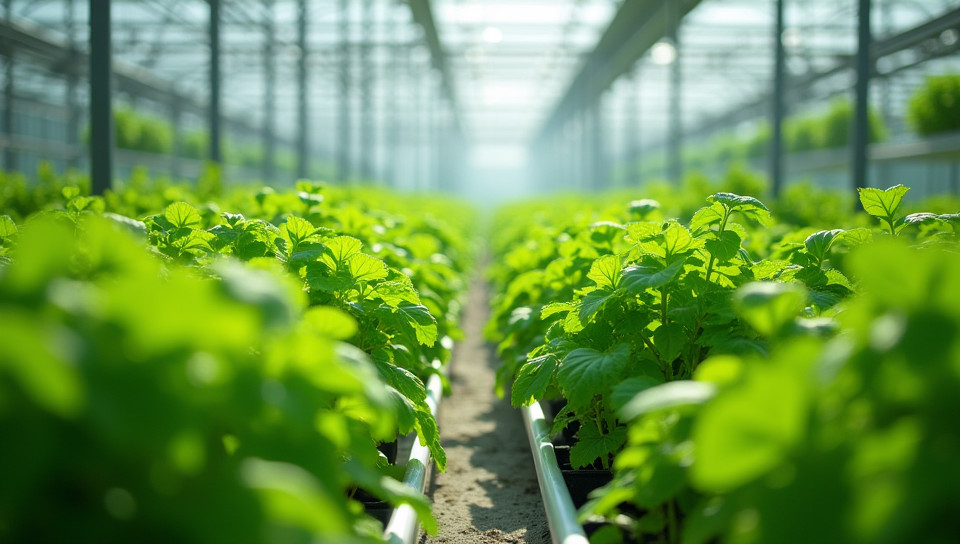Aeroponics and hydroponics have similar cultivation methods 86%

The Future of Sustainable Farming: Unlocking the Secrets of Aeroponics and Hydroponics
As the world grapples with the challenges of climate change, soil degradation, and water scarcity, innovative farming methods are gaining traction. Two techniques that have been gaining attention in recent years are aeroponics and hydroponics. While they may seem like complex terms, these methods share a common goal: to cultivate plants without using traditional soil. In this article, we'll delve into the similarities between aeroponics and hydroponics, exploring their benefits, differences, and potential applications.
What are Aeroponics and Hydroponics?
Aeroponics is a method of growing plants in the air, where the roots are suspended in a closed environment and misted with a nutrient-rich solution. This technique allows for precise control over the amount of water and nutrients delivered to the plant, resulting in faster growth rates and higher yields.
Hydroponics, on the other hand, involves growing plants in a solution rather than soil. The roots are submerged in a nutrient-rich solution that provides all the necessary macronutrients and micronutrients for growth.
Similarities Between Aeroponics and Hydroponics
While aeroponics and hydroponics differ in their implementation, they share several similarities:
- Reduced water consumption: Both methods use significantly less water compared to traditional farming practices.
- Increased crop yields: By delivering nutrients directly to the roots, plants can grow faster and produce higher yields.
- Improved crop quality: Aeroponics and hydroponics allow for precise control over nutrient delivery, resulting in healthier and more flavorful crops.
- Reduced land use: These methods can be used in urban areas or on small plots of land, making them ideal for vertically integrated farming.
Key Differences Between Aeroponics and Hydroponics
While aeroponics and hydroponics share many similarities, there are key differences that set them apart:
- Water usage: Hydroponics uses more water compared to aeroponics, as the roots are submerged in a solution.
- Root health: Aeroponics is believed to promote healthier root growth due to its precise control over nutrient delivery and reduced risk of root rot.
Applications of Aeroponics and Hydroponics
Aeroponics and hydroponics have numerous applications across various industries:
- Urban farming: Both methods are ideal for urban areas where space is limited.
- Greenhouses: Aeroponics and hydroponics can be used in greenhouses to create a controlled environment for plant growth.
- Vertical farming: These methods allow for vertically integrated farming, maximizing land use and increasing crop yields.
Conclusion
Aeroponics and hydroponics are two innovative techniques that share many similarities. By reducing water consumption, increasing crop yields, and improving crop quality, these methods offer a sustainable solution to traditional farming practices. While they differ in their implementation, both aeroponics and hydroponics have the potential to transform the way we grow food, making them essential tools for farmers, researchers, and innovators alike.
- Created by: Liam Ortiz
- Created at: Feb. 1, 2025, 2:06 p.m.
- ID: 19850
